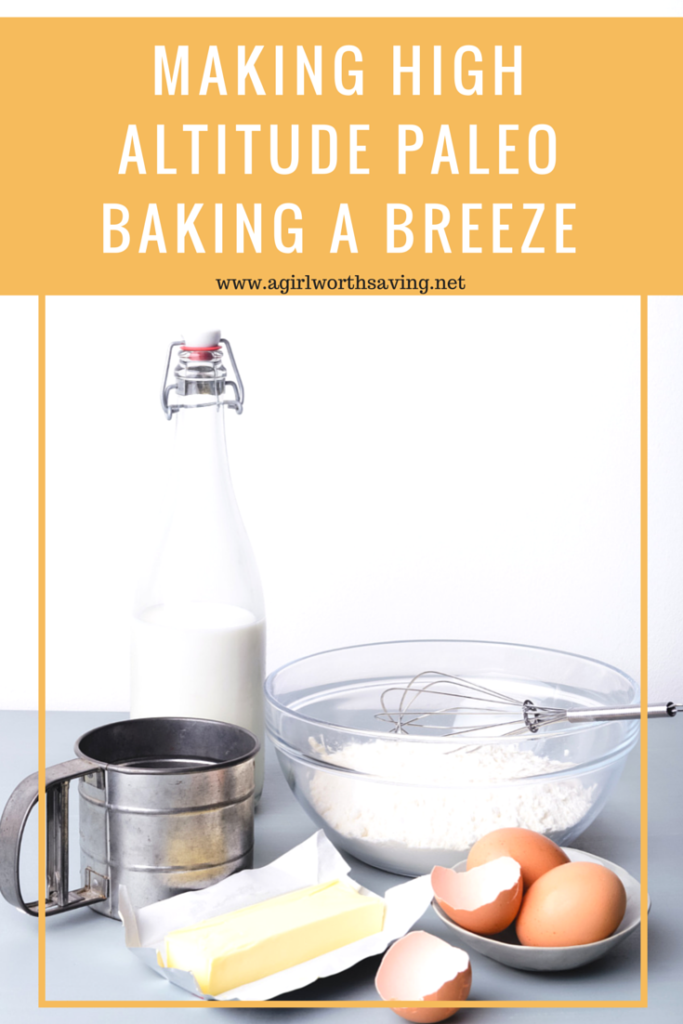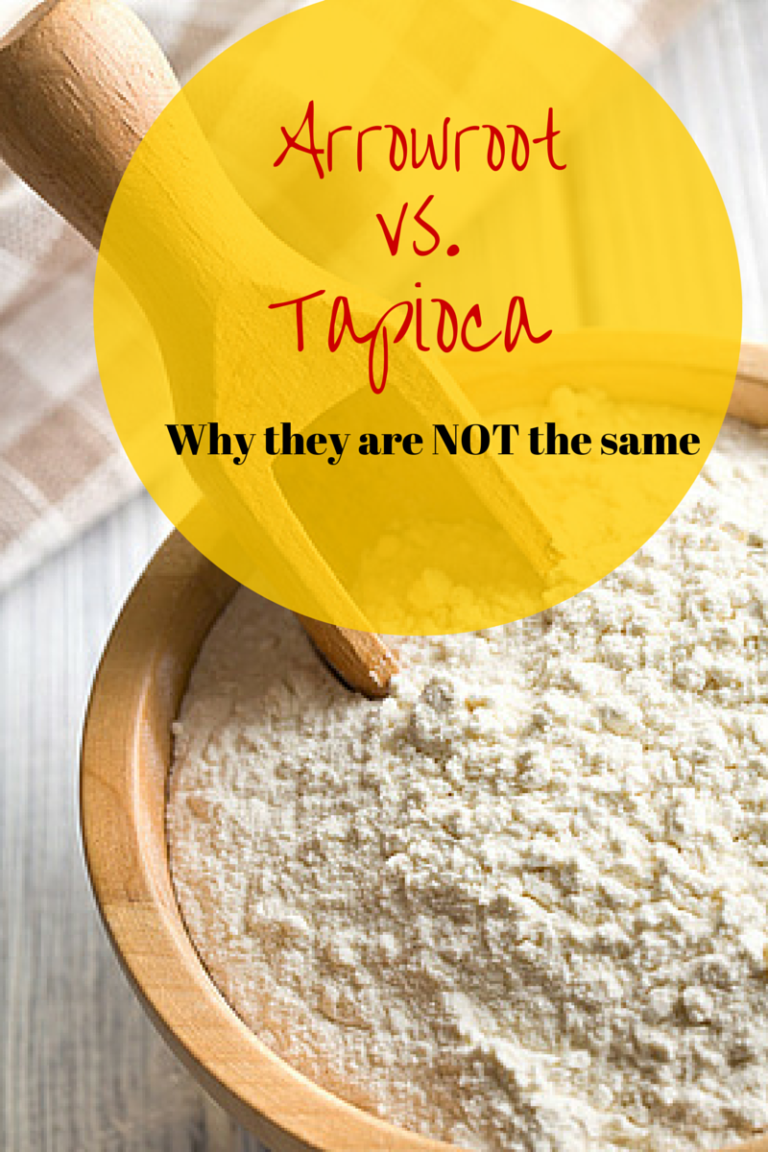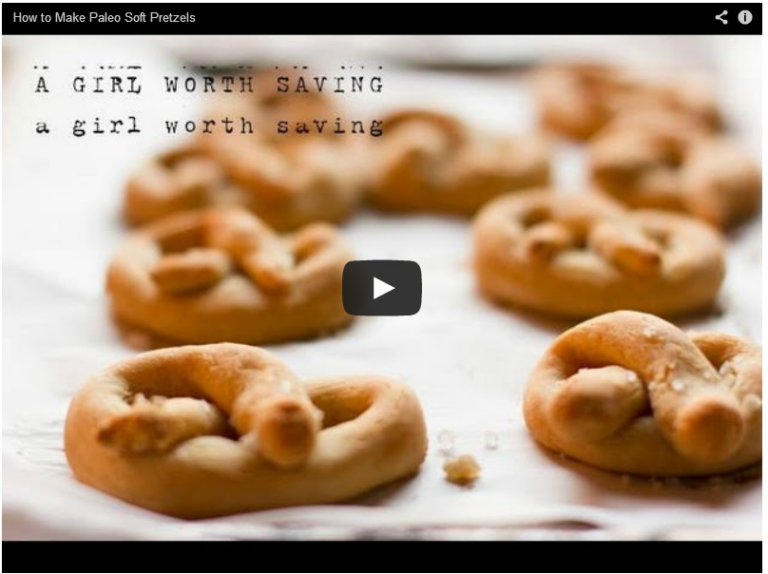Making High Altitude Baking a Breeze
This post contains affiliate links. Click here to read my affiliate policy.
Last Updated on September 3, 2023

If you’ve ever tried to bake while at 3,500 feet above sea level, you know it can be tricky! Your lovingly-prepared breads and cakes rise beautifully, if not too quickly, then suddenly drop, leaving you with a gummy or dry, dense creation that ends up in the trash. Foods cook differently at higher altitudes because the air pressure is lower.
They take longer to cook, liquids evaporate more quickly and dough rises more quickly. To make the process even more exasperating, the air pressure continues to lower the higher above sea level you are, so it’s important to make one change at a time to a recipe and to do so gradually. Want to enjoy baking from scratch again, even at a high altitude? It is possible, and these tips will take some of the guess work out of it for you.
Quick bread issues during baking:
- Partially collapses
- Over-expands
- Hollows out in the middle
- Gummy to the touch
Fixes:
- Decrease baking soda or baking powder by 1/8 to ¼
- Decrease sugar by 1 to 2 Tbsp.
- Decrease fat by 2 Tbsp. to ¼ cup
- Increase water by 1 to 4 Tbsp.
- Increase flour by 2 to 4 Tbsp.
- Increase oven temperature by 15 to 25 degrees
Pie crusts typically bake fine at high altitudes, though you may notice the dough is drier during forming. Simply increase the amount of water, a little at a time, starting with 1 tbsp., until it is supple.
Cookie issues:
- Have a drier texture
- Spread too much or not enough
- Get overdone or underdone
Fixes:
- Increase liquid by 1 to 2 Tbsp.
- Increase cooking time by 1 to 3 minutes
- Decrease butter or shortening by 2 Tbsp. to ¼ cup
- Decrease sugar slightly
- Increase flour by 1 or 2 Tbsp.
- Decrease cooking time by 1 to 2 minutes
Bar & Brownie Issues
- Sink in middle
- Overbake on sides, but under-bake in middle
- Oily to touch or in appearance
- Gooey texture
Fixes:
- Increase water by 1 Tbsp. to 1/3 cup
- Increase baking time by up to 10 minutes
- Decrease oil by 1 Tbsp. to ½ cup
- Decrease temperature by 25 degrees
- Increase flour by 1 Tbsp. to 1/3 cup
Cake (13 x 9” and Layer) Issues:
- Overly-moist layer on either top or bottom
- Dips in middle
- Overbakes exterior, inside under-baked
- Falls
Fixes:
- Decrease oil or shortening by 1 to 2 Tbsp.
- Decrease baking soda or baking powder by 1/8 to ¼ tsp.
- Increase liquid by 1 to 4 Tbsp. or add an egg
- Increase flour by 1 Tbsp. to ½ cup
- Increase baking time until completely baked through
Muffin, biscuit and scone issues:
- Too-dry texture
- Overbrowning
- Muffins have flat tops
Fixes:
- Decrease baking soda or baking powder up to 1/8 tsp.
- Decrease sugar slightly if muffins raise over muffin cups and fall
- Increase number of muffins made out of a batch
- Increase liquid by 1 to 2 Tbsp. if batter is too thick
- Increase flour up to 1 Tbsp. if batter raises over muffin cups and falls
- Increase or decrease baking time by 1 to 3 minutes
Other tips and reminders:
- Gases over-expand in higher altitudes, so to avoid overflowing, fill pans only half full of batter.
- When adapting a recipe for high altitudes, always start out with the smallest adjustment then add more adjustments later and only if necessary. It’s a good idea to keep notes of how you adjusted your recipes until you know what works best for your particular location.
- Don’t overbeat eggs as this adds more air into cakes.
- To keep recipes from rising too much, raise the oven temperature slightly. Typically, at higher elevations batter should be approximately 25 degrees F higher than normal.
- Butter is considered a liquid, but eggs aren’t. They act as stabilizers in baking.
- High altitudes cause cakes to stick more, so always grease pans and dust with flour or use parchment paper.
- If you need help finding a baking substitute for honey check out this post.







I live at 6500ft, and have lived here so long I forget what it’s like to cook at sea level. I wonder if people who make my recipes at a lesser altitude have any trouble?
I’m at sea level so I tend to get lots of comments about this. If you haven’t gotten complaints, more than likely not 🙂
Wow, this is fabulous information! We just moved from Florida to the Columbia River Gorge and I am looking forward to trying some paleo baking for the first time. So it’s not just new ingredients, but altitude (which I hadn’t considered, so this is super timely and crazy helpful!)
Just found your website and I am loving it! You are making a wonderful contribution to the community!
I hope it helps you hun!
What about cupcakes? We’re at 7000 elevation
I would use the same tips in the post hun.
I’m familiar with baking at high altitude, but are your directions for high altitude with flour, gluten free flour, coconut, or almond flour? I’m trying to make the switch to nut flours and I live at nearly 7,000. If you can reply, I thank you.
Natalie
They aren’t hon as I am at sea level.